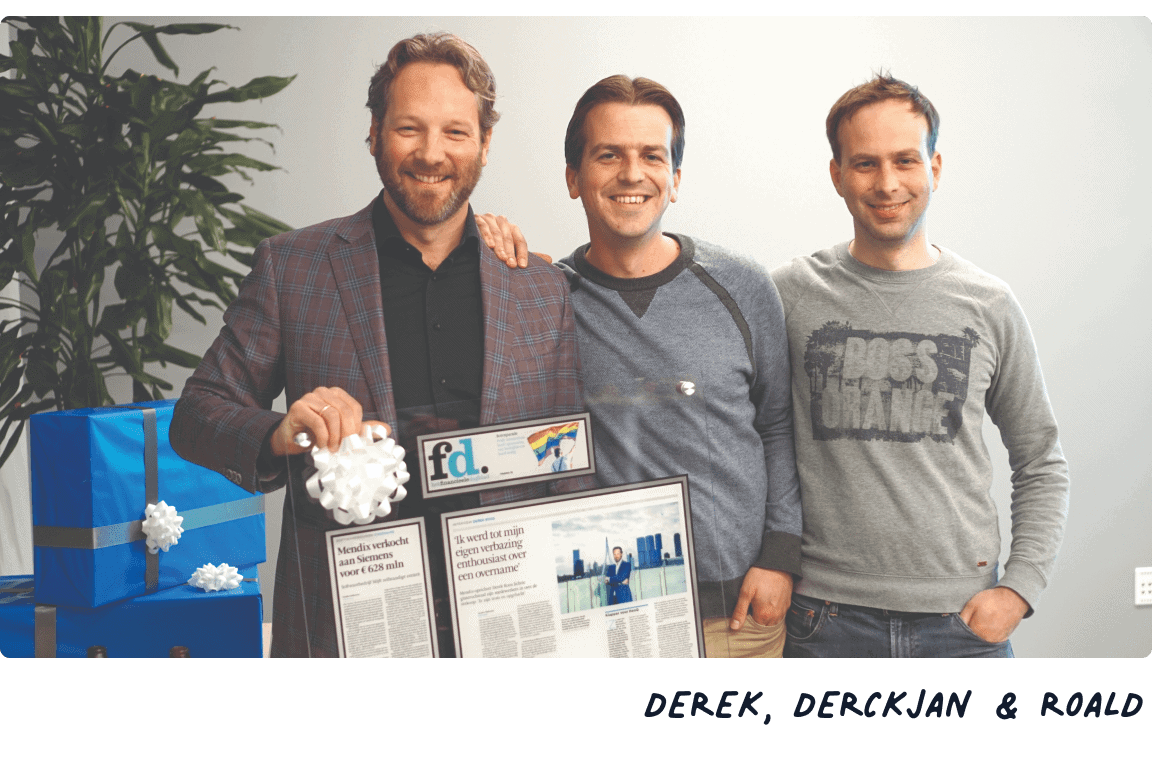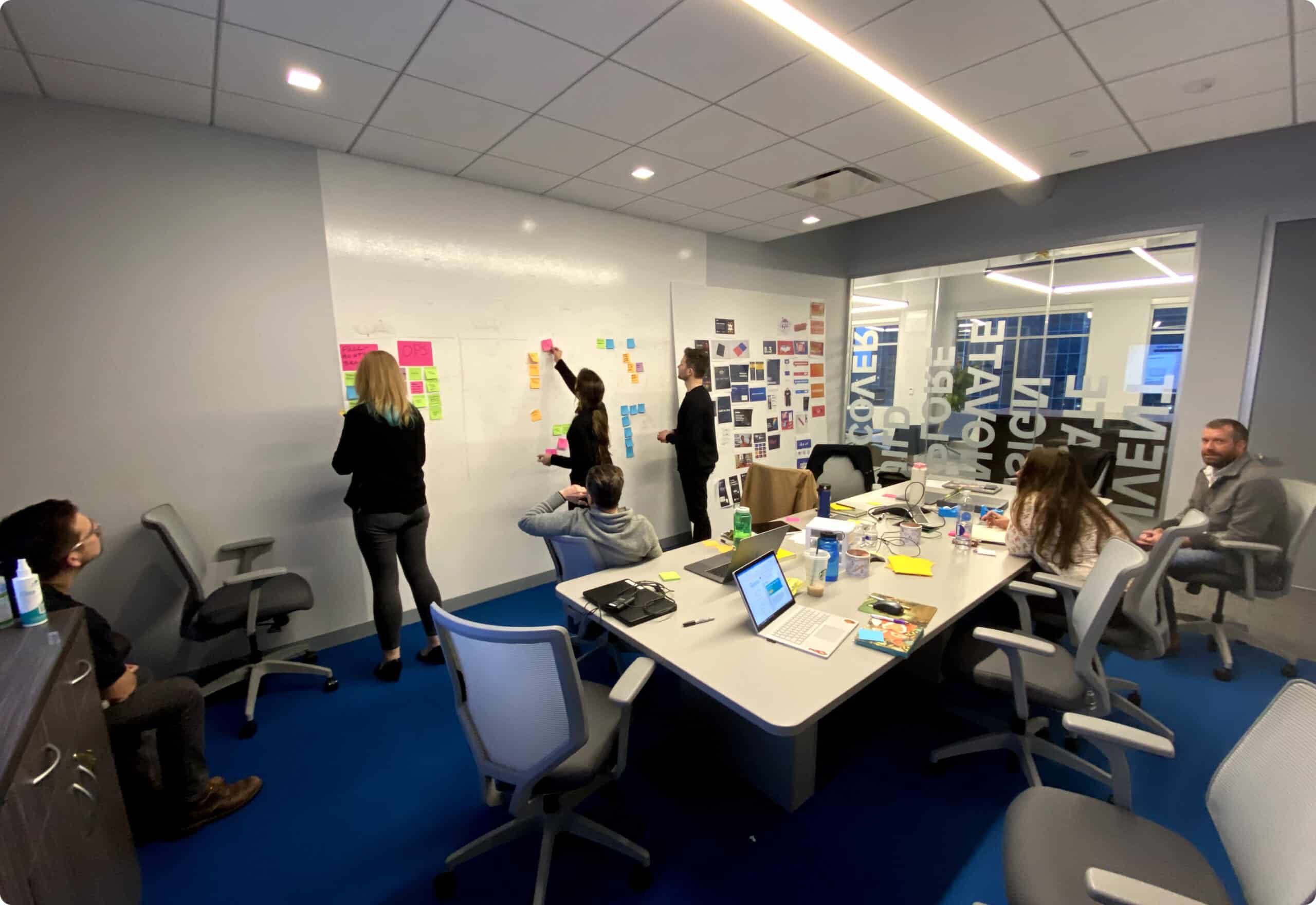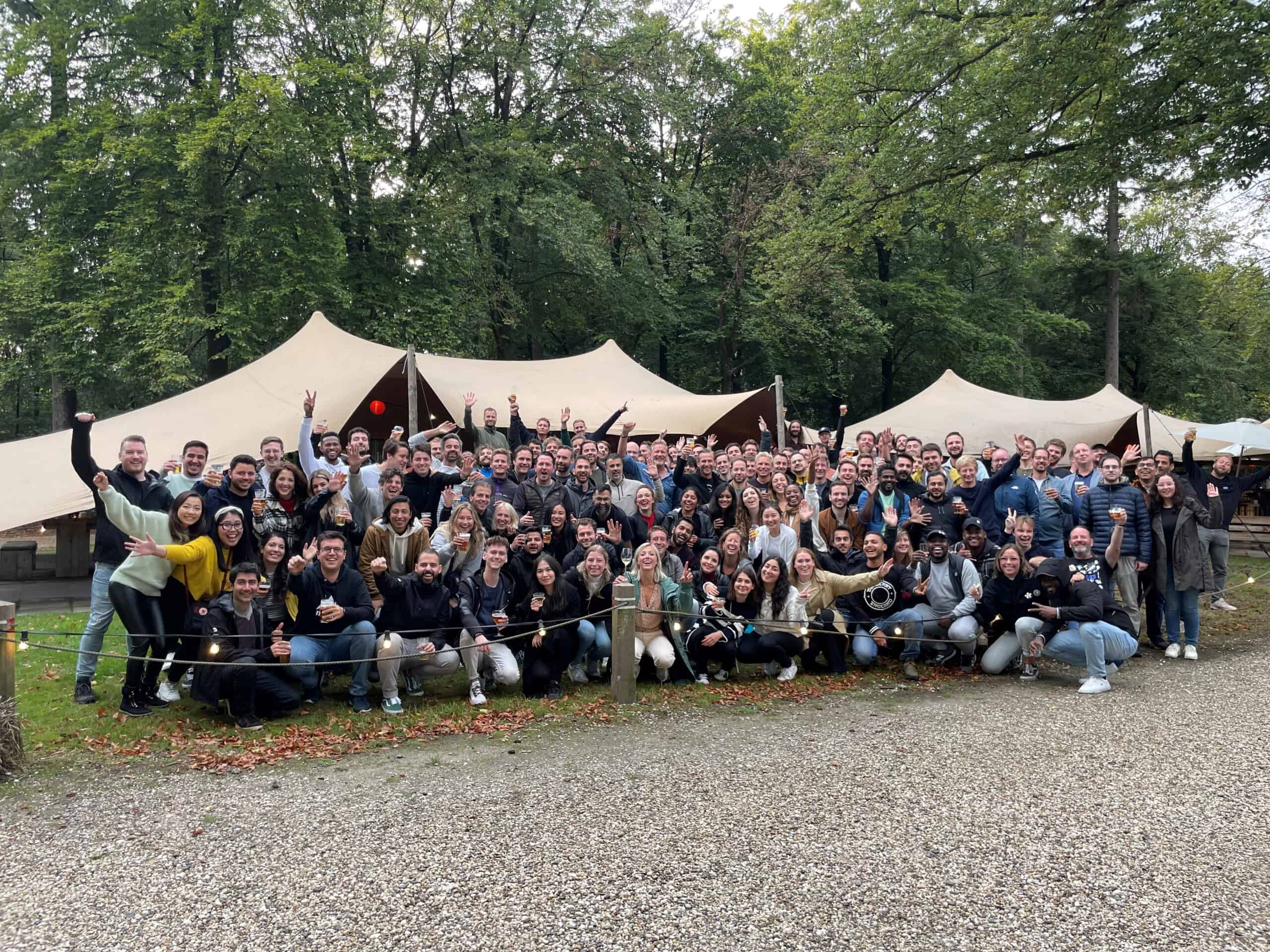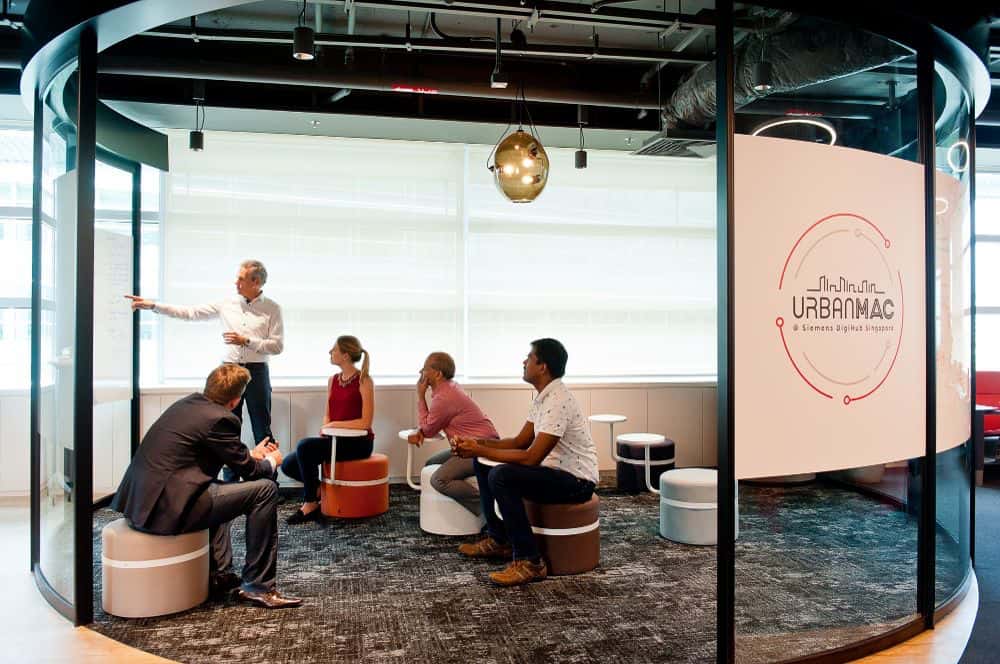Meet Mendix
The low-code platform for the enterprise
Mendix is an industry-leading low-code application development platform. Since 2005, we’ve helped organizations around the world reimagine the way they develop applications.
By bridging the gaps in communication and collaboration between business and IT, Mendix helps enterprises turn ideas into outcomes by delivering sophisticated applications faster than ever before.
Mendix by the numbers
Active Developers
Employees
Customers
End Users
Universities
Apps Built
The Story

In the early 2000s, Roald Kruit was working as a freelance software developer when he noticed a pattern: His clients were never 100% happy with their results. His coding skills were up to any challenge, but Roald’s end users still found faults. And he wasn’t the only one—other developers were facing the same issue.
Even with the best intentions and long hours working to build exactly what was requested, the applications somehow missed the mark. Maybe the UX wasn’t as expected, or maybe the entire application couldn’t meet the evolving needs of the customer. Whatever the issue, change requests and rework slowed down the software development lifecycle, and Roald and other developers were quickly starting to feel burnout.
Our founders—Roald, Derek Roos, and Derckjan Kruit—realized it wasn’t a problem of coding, but of communication. Developers didn’t understand the business, and business users didn’t understand development.
There had to be a way to bridge this gap while accelerating the development process—and our founders set out to create it.

The recurring problem was clear: Waterfall development was too slow and siloed, and developers and clients were never on the same page. The industry needed a more transparent, collaborative way for everyone to rapidly and continuously translate ideas into value-driving applications.
The first Mendix platform established a common visual development language and helped novice and professional developers validate requirements before coding started. Our founders believed that incorporating visual tools—like flowcharts and UI mockups—into the discovery and design phases would help non-technical folks better communicate their ideas.
As we gathered feedback and continued enhancing the platform, Mendix evolved to include model-driven development, AI and ML tools, cloud-native capabilities, unlimited extensibility, and other features that support the SDLC. Little did we know that Mendix was on the precipice of the low-code revolution.
In 2018, Mendix was acquired by Siemens. Today, Mendix is recognized as an industry leader by Gartner, Forrester, and our countless partners and customers. And our mission remains the same: To continuously evolve the platform to best serve the enterprise.
[mend-ix]
The name Mendix comes from the verb “mend,” which means to fix or repair anything that is broken.
“The goal of Mendix is to mend the enterprise application development process.”
Milestones
From humble beginnings in The Netherlands to multiple offices worldwide, see how both the Mendix platform and our company have evolved over the last two decades.












